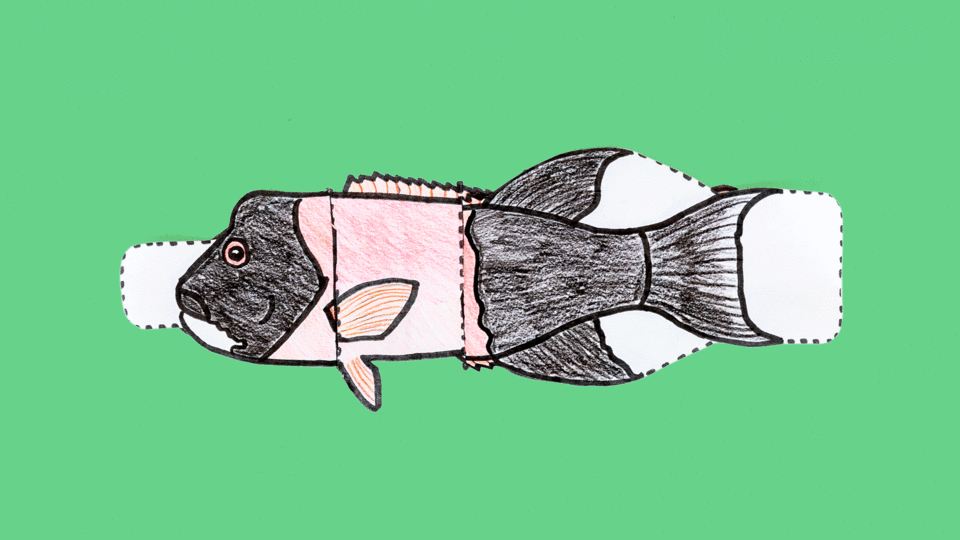
Surf’s up! Get to know the best coast with a week’s worth of sunny, sandy science activities for beach bums ages 8-11.
The California coast is a biodiversity hotspot, home to thousands of animal and plant species that live nowhere else on Earth. Explore the Golden State’s beaches, kelp forests, and tidepools with hands-on crafts, guided videos, interactive programs, coloring pages and more.
Please note: While Science @ Home activities are designed to be conducted by kids, some little ones might need adult help with reading instructions and preparing crafts.
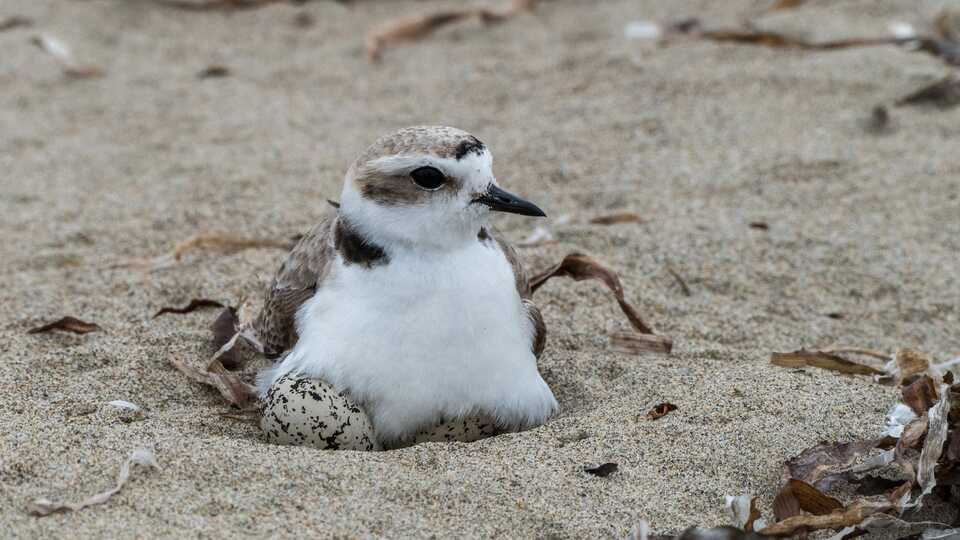
Day 1: Shoreline
Sandy? Rocky? Cliff-y? Yes, yes, and yes! California's 840-mile coastline is wildly diverse, with unique coastal landscapes, impressive features, and irresistible animals. Welcome to the beach! (60 minutes)
Photo: A Western snowy plover (Charadrius nivosus nivosus) incubating eggs © Matt Lau
It’s hard to think of a beach or the coast without thinking about sand, but what exactly is sand and how can it be so different from beach to beach? Be a sand scientist and learn how sand forms.
Join Point Reyes National Seashore’s snowy plover ecologist, Matt Lau, to learn more about these threatened fluffy birds that make their home on the coastline from southern Washington down to Baja California.
While you watch this video, think about the three questions below. Share your answers with a friend or family member or just think in your head.
- Have you visited a beach? Did you see any shorebirds? If so, what were they doing?
- How would a broken wing display help lure a predator away from the snowy plover nest?
- What are some of the ways you can help snowy plovers and other shorebirds?
Craft your own coastal camouflaged snowy plover “nest”.
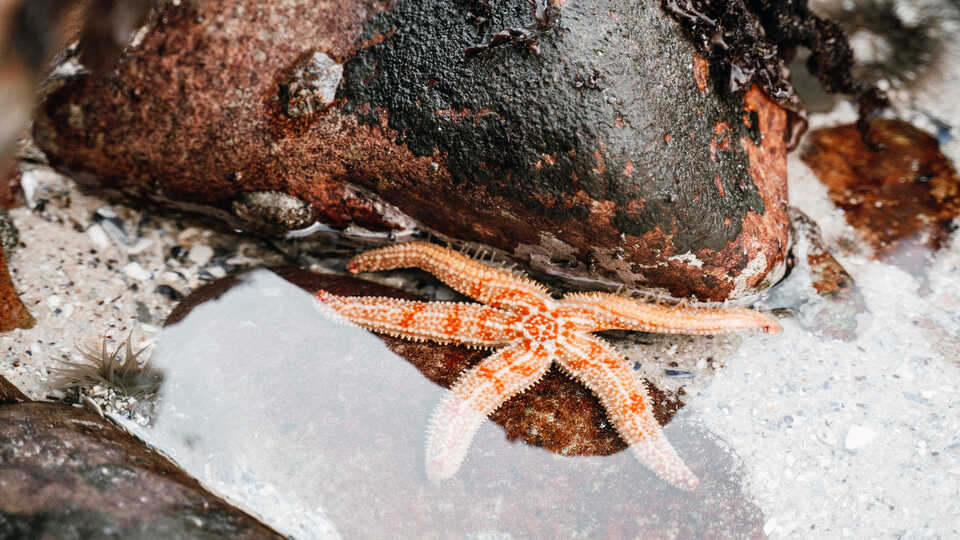
Day 2: Tidepools
Tidepools are jewel-like oases of life along our coast. They form when pools of water collect in rocky coastal areas as the tide rises and falls, creating a harsh (but beautiful) habitat for some unique animals. (60 minutes)
Join Academy scientists Rebecca Johnson and Allison Young on an adventure through California tidepools and meet some of the cool creatures that call this dynamic place home.
While you watch this video, think about the three questions below. Share your answers with a friend or family member or just think in your head.
- Have you been to a tidepool before? What time of day did you visit?
- What types of animals have you seen in a tidepool?
- If you haven’t been to a tidepool before, what animals have you seen at the beach?
Anyone can use scientific sketching to capture details and observations of the natural world. Try your hand at three techniques to grow your sketching and observation skills of tidepool creatures.
Sea stars are animals just like us—but they look and work quite differently! Learn how a sea star eats and moves, then piece together your own model of a sea star’s insides.
Watch video (4 minutes)
Listen to instructions
Download instructions
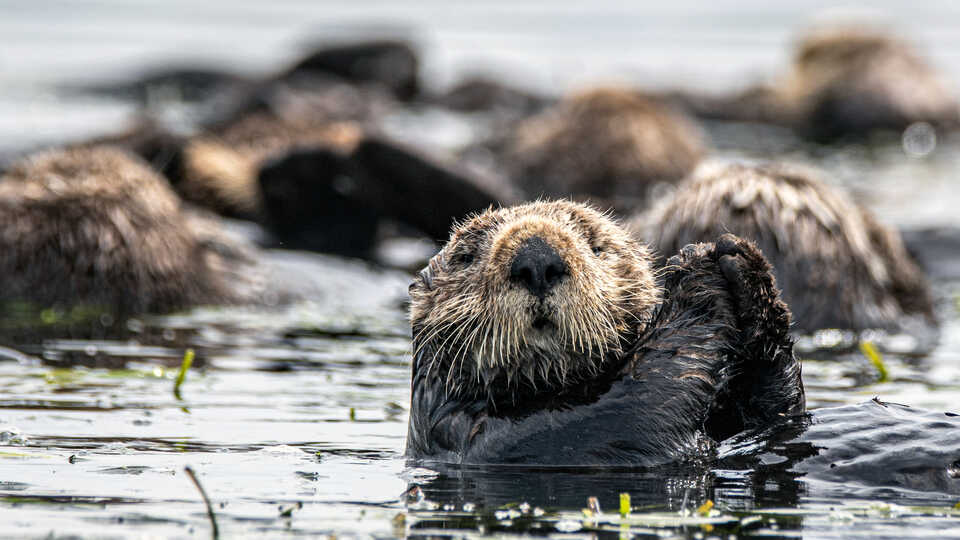
Day 3: Kelp forests
Right off the California coast is a wondrous, waving undersea forest. Explore the complex ecosystem of kelp forests and some of its charismatic keystone creatures. (30-60 minutes)
Take a virtual dive into the kelp forest to explore the threads that connect species together in this coastal food web.
While you watch this video, think about the three questions below. Share your answers with a friend or family member or just think in your head.
- How does a food web show the connections among living things? What do the connections in the web represent?
- What is the ultimate source of energy for this food web?
- What is the difference between a producer and a consumer? Name one example of each from the video.
Take a (very!) close look at a green sea urchin specimen, part of the Academy’s natural history collection. Use your cursor to examine the skull by moving it and zooming in.
Explore and investigate as you think about the following questions. Share your answers with a friend or family member or just think in your head.
- What do you notice about the urchin skeleton? How does it look different from a living sea urchin?
- Zoom in on the skeleton. Can you see the holes where the spines would be? Can you see the smaller holes where the tube feet would be?
- Urchin skeletons are symmetrical from their center point. Can you find the pattern and symmetry in the urchin’s skeleton? (Hint: there are 5 symmetrical points in the skeleton, like a sea star.)
Join the Academy's Ornithology and Mammalogy Collections Manager Moe Flannery for a peek into the Academy's marine mammal specimen collection.
While you watch this video, think about the three questions below. Share your answers with a friend or family member or just think in your head.
- Where do sea otters live? What does their habitat look like?
- Think about the skeletons of the sea animals you saw in the video. What are some similarities or differences between them and our own human skeletons?
- Why do you think scientists keep a “library” of bones or pelts from different animals? What could they use them for?
Want to "kelp" out with real scientific research? Uncover the history of kelp forests by identifying kelp in photographs taken from the Landsat satellite. Landsat was not designed to be able to see kelp—but to a person, the shapes and patterns of kelp forests are fairly obvious. By tracing patches of kelp, you can do a far more accurate job than a computer, helping to process this mountain of data!
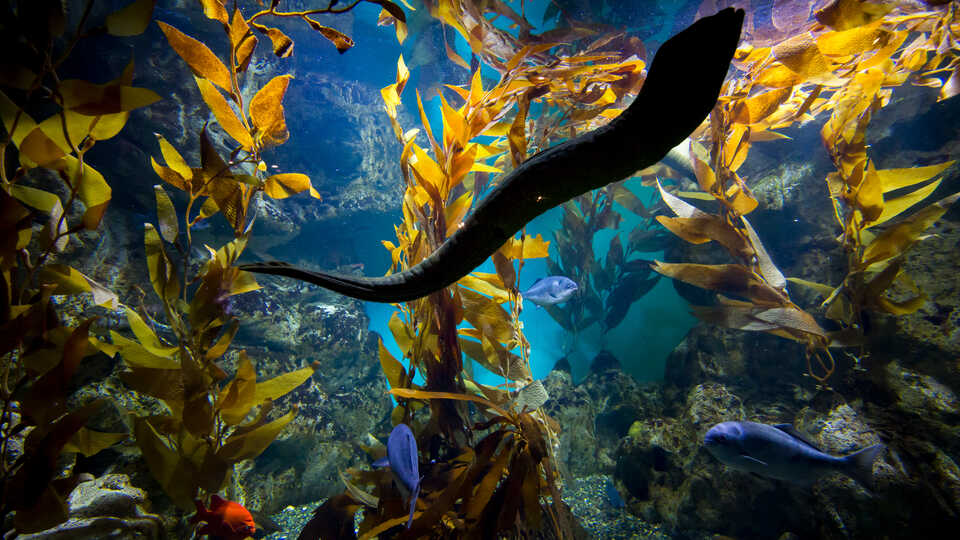
Day 4: Caring for the coast
California may be mighty, but its coast is fragile. Learn more about the threats to our state's incredible coastal ecosystems—and what we can do to help. (60 minutes)
California’s coast has it all: nimble nudibranchs, charismatic cormorants, mysterious mollusks, and outrageously cute otters. Can you color them all?
The California sheephead is born female but may eventually transition and become male! Create a paper slider to recreate that special transformation in this craft.
How can tracking one small sea slug tell us more about the health of huge ocean ecosystems? Hear from Academy curator and nudibranch expert Terry Gosliner about how one species is taking over Northern California’s coastal waters.
While you watch this video, think about the three questions below. Share your answers with a friend or family member or just think in your head.
- Have you ever seen a nudibranch? How would you describe a nudibranch to a friend?
- Why might it be bad for biodiversity (the number of living things in a habitat) when this nudibranch starts to increase its range by moving into new areas.
- What do you think will happen to the range of these nudibranchs if climate change continues to warm intertidal habitats along the California coast?
Oil? Ew. In this activity, you will simulate an oil spill and create your own strategy for cleaning it up. What do you think the effects are of both the spill and the cleanup? What can humans do to avoid these accidents in the future?
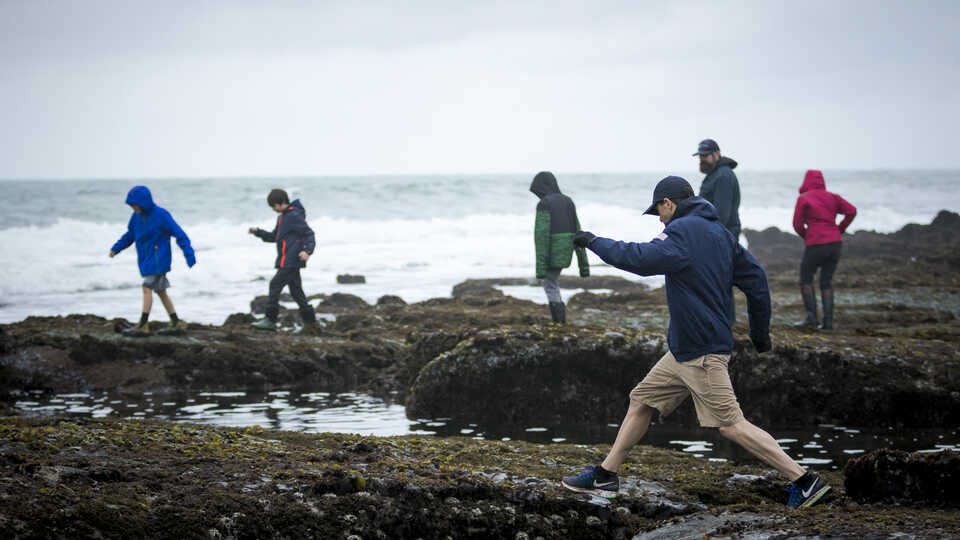
Kid and caregiver extension activities
A day at the beach is never enough. Keep your toes in the sand with four additional collaborative activities for young beachcombers and their parents or caregivers.
Learn more about the amazing work being done by Academy scientists and more through the Thriving California initiative.
How do you bring computer-generated creatures like sea otters and birds to life? Ken Ackerman, an animator and graphics designer for the Academy's planetarium show Habitat Earth, takes us through the process of creating scientifically accurate animals.
Help document California's coastal biodiversity with this annual project from iNaturalist. With an adult’s permission, download the iNaturalist app onto a mobile device, join the "Snapshot Cal Coast" project, and use your device to make and share observations of plants, animals, and seaweed along California’s coast.
What does it take to be a marine scientist? Meet Terry Gosliner, the Academy's senior curator of invertebrate zoology and geology, as he talks about his lifelong passion for nudibranchs and the natural world. You can also read more about Terry and his work here.
California’s coast extends from its sandy beaches into deeper waters miles offshore. Learn about some of the eye-popping biodiversity found there and how we are helping to protect our oceanic backyard.